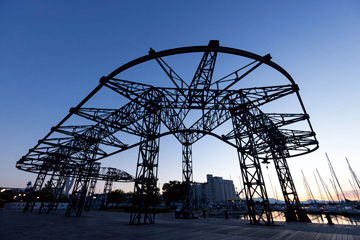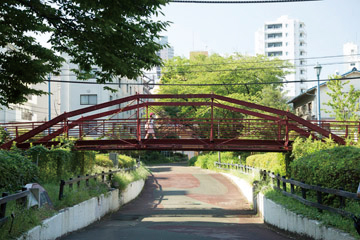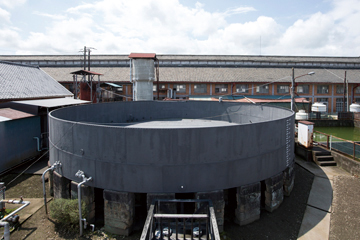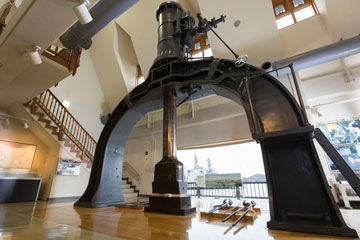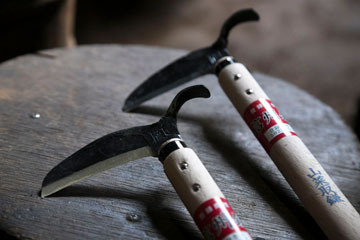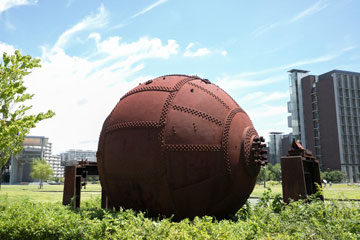2019 METAL CULTURE Tomioka
Iron water tank
Value One Autumn 2019 No.66
-
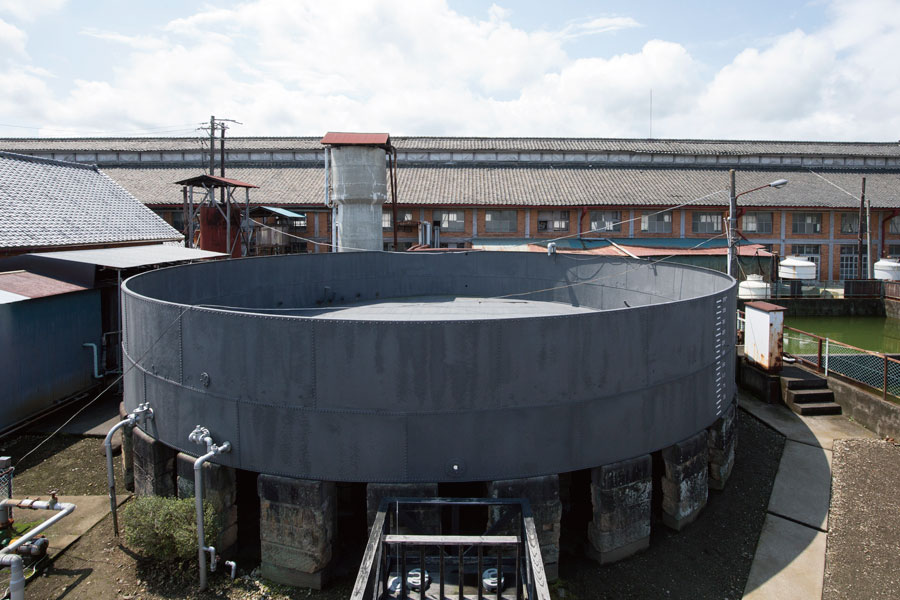
- The iron water tank built at Yokosuka Arsenal
An Iron Structure That Helps Define a World Heritage Site
The UN registered Tomioka Silk Mill as a World Heritage Site in 2014. Located in Gunma Prefecture north of Tokyo, this was Japan’s first silk factory, built in 1872 with technology from France during the fifth year of the Meiji Era. The mill contributed greatly to propelling Japan’s silk-manufacturing industry to world standards.
During the Meiji Era (1868–1912) as Japan was rushing down the road to modernization, raw silk was one of few international goods the country could offer to bring in foreign currency. The Meiji government imported silk-reeling machinery from France and built the mill in Gunma, where sericulture and the silk-manufacturing industry had flourished since the Edo Period (1603–1867). The technology used at Tomioka Silk Mill—which boasted the largest scale worldwide at the time—quickly spread nationwide, and by 1909 Japan was topping the world in raw silk exports.
- Almost all of Tomioka Silk Mill’s structures remain as they were when the mill was built. One that attracts particular notice is a huge iron water tank. Built in 1875 at the Yokosuka Arsenal, this tank stored the large amount of water for the mill’s steam engine. It is reportedly one of Japan’s oldest existing iron structures.
The Yokosuka Arsenal was Japan’s first modern shipyard, constructed at the end of the Tokugawa shogunate to build warships, and is still used as a dockyard. Arsenal staff back then used their shipbuilding technology to construct various kinds of facilities, including lighthouses and mining machinery. -
-
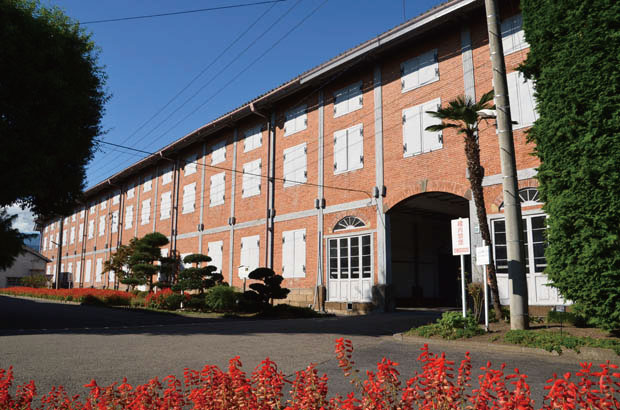
- Tomioka Silk Mill’s east cocoon warehouse
-
The cylindrical water tank is about 15 meters in diameter and around two meters high, and can store about 400 tonnes of water. Iron plates that were five millimeters thick and three meters long were overlaid and then riveted together. Welding technology was still unsophisticated at the time, and even ships were constructed using rivets.
Tomioka Silk Mill also became a model factory for automation following the Second World War when it installed automated silk-reeling machinery. Due to the repercussions of worldwide raw silk price competition, however, the mill shut down in 1987, ending 115 years of raw silk production.
The iron water tank and other valuable structures built nearly 150 years ago have been carefully preserved at Tomioka Silk Mill. This is where Japan started on the road to becoming a modern industrial state, and those achievements received high praise from around the world.

